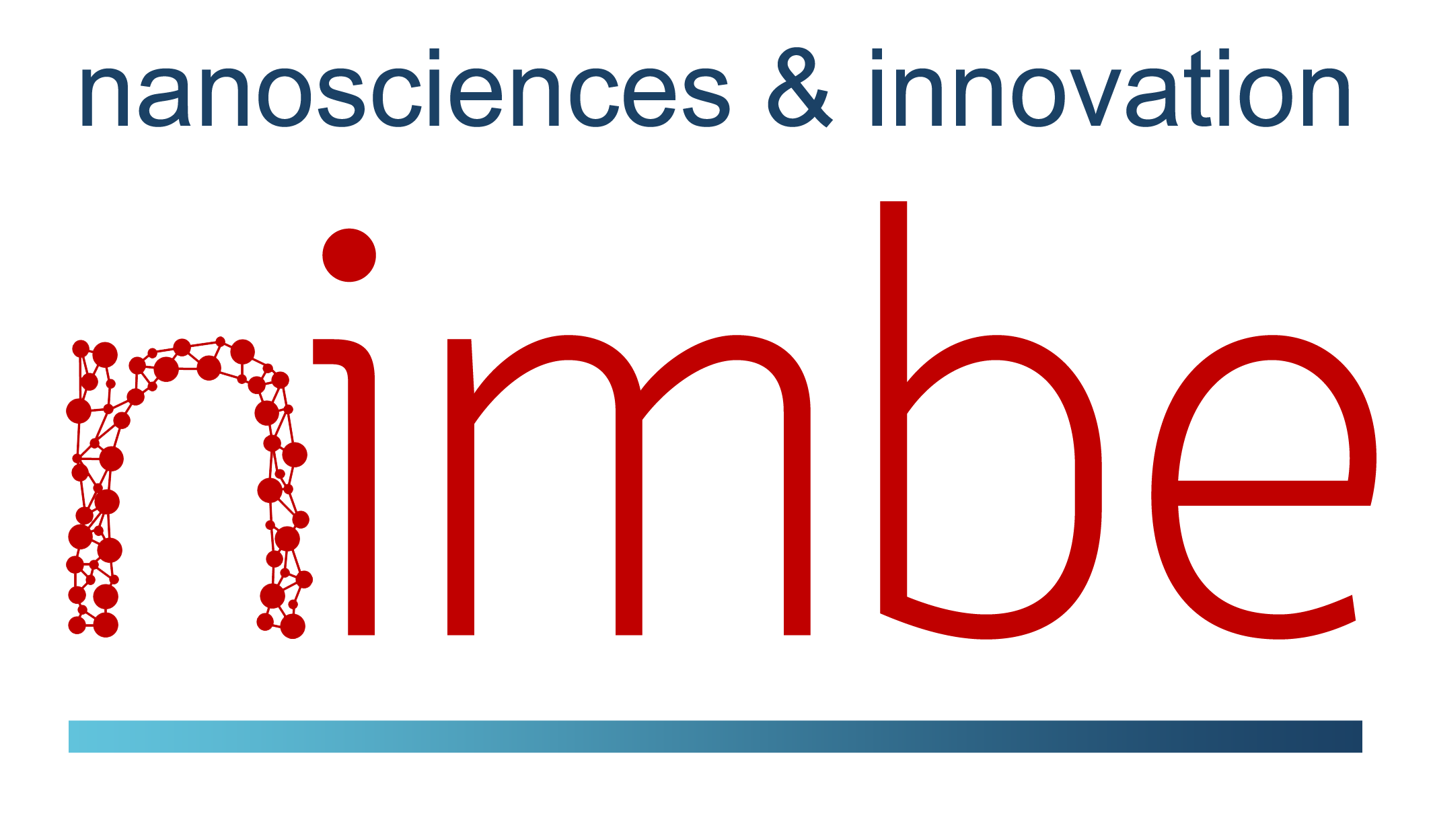H2 production mechanisms in irradiated portlandite: surface and volume contributions
Résumé
Calcium hydroxide or portlandite (Ca(OH)2) is the second most abundant hydrate in cementitious materials. The latter form the basis of the coating matrices of some forms of radioactive waste. Under ionizing radiation, this results in the production of radiolytic molecular hydrogen, which, when it accumulates in the environment, may raise safety concerns. It is important, therefore, to understand how radiation interacts with these materials, and especially with portlandite. This hydroxide is of particular interest: on exposure to irradiation, it not only leads to the immediate production of molecular hydrogen but also to a delayed production over long periods of time (days or even weeks) after the irradiation stops. It follows that it is important to determine the reaction mechanisms operating in this system. This was carried out here based on experiments with electron paramagnetic resonance spectroscopy, which identified the different radicals generated under radiation. As a result, we have been able to show that the immediate production of H2 is due to the stabilization of electrons on the surface of the portlandite, followed by surface reactions that encourage the immediate release of H2 into the gaseous atmosphere. When the dose increases, the number of these sites drops, leading to a fall in the production of the molecular hydrogen immediately released. The delayed production of H2 is due to the formation of hydrogen atoms followed by their dimerization within the portlandite crystal lattice, with the result that the molecular hydrogen molecules are trapped. In this case, the movement of the hydrogen atoms in the crystal lattice sets the CaO• radicals in motion. At low doses, these radicals dimerize to form CaO-OCa peroxides. At higher doses, the CaO• radicals can react with hydrogen atoms, which restricts the formation of the trapped H2. The range of different reaction intermediates identified reflects the richness of the chemical processes involved in the mechanisms, which accounts for the behavior of portlandite on exposure to irradiation.
| Origine | Fichiers produits par l'(les) auteur(s) |
|---|
